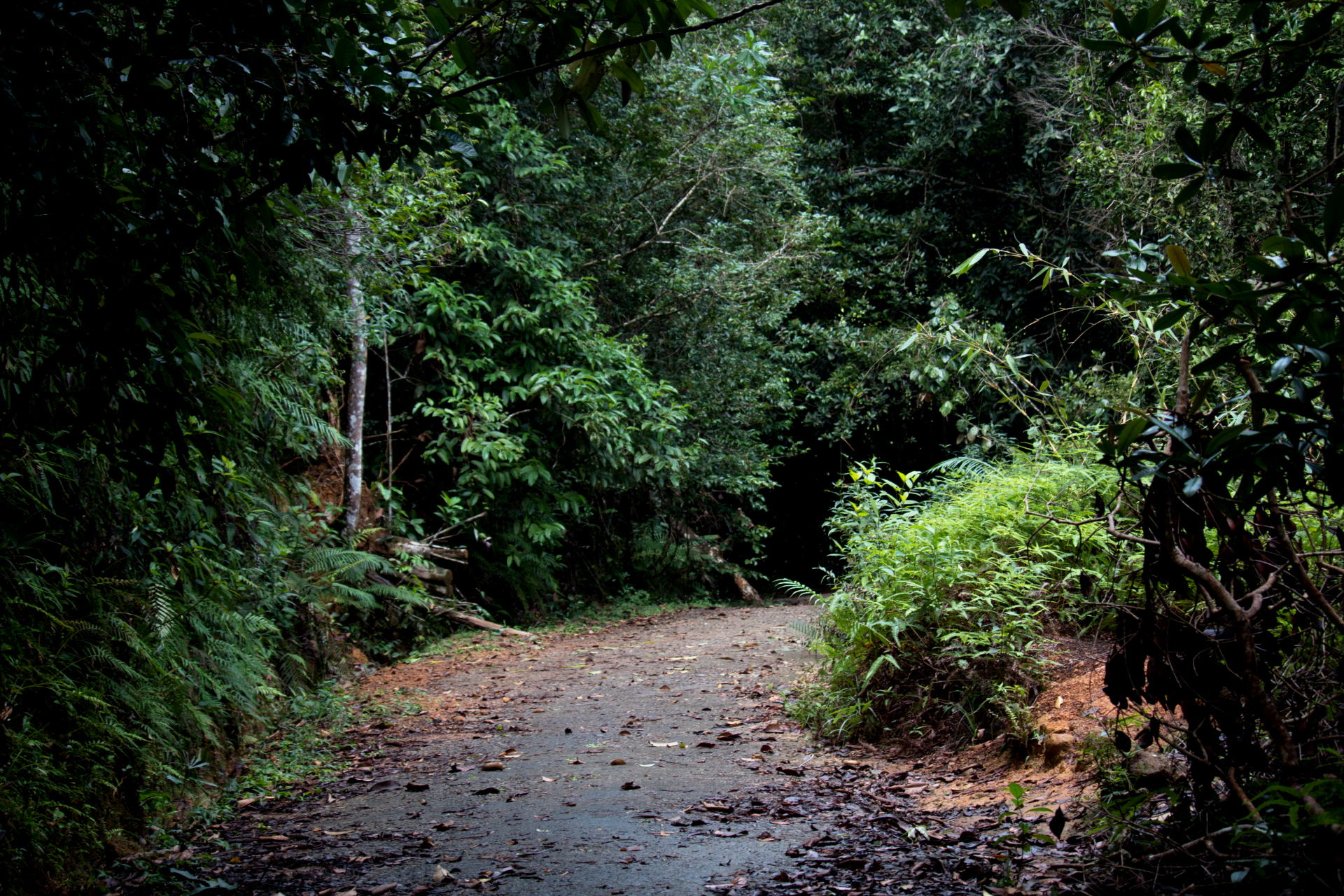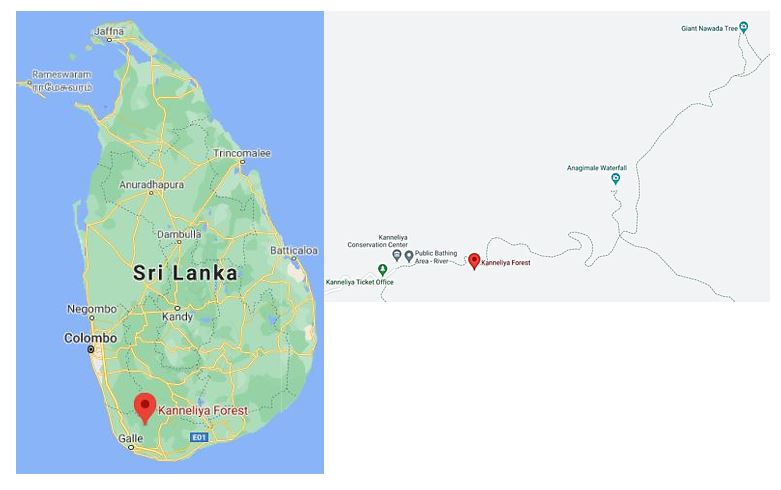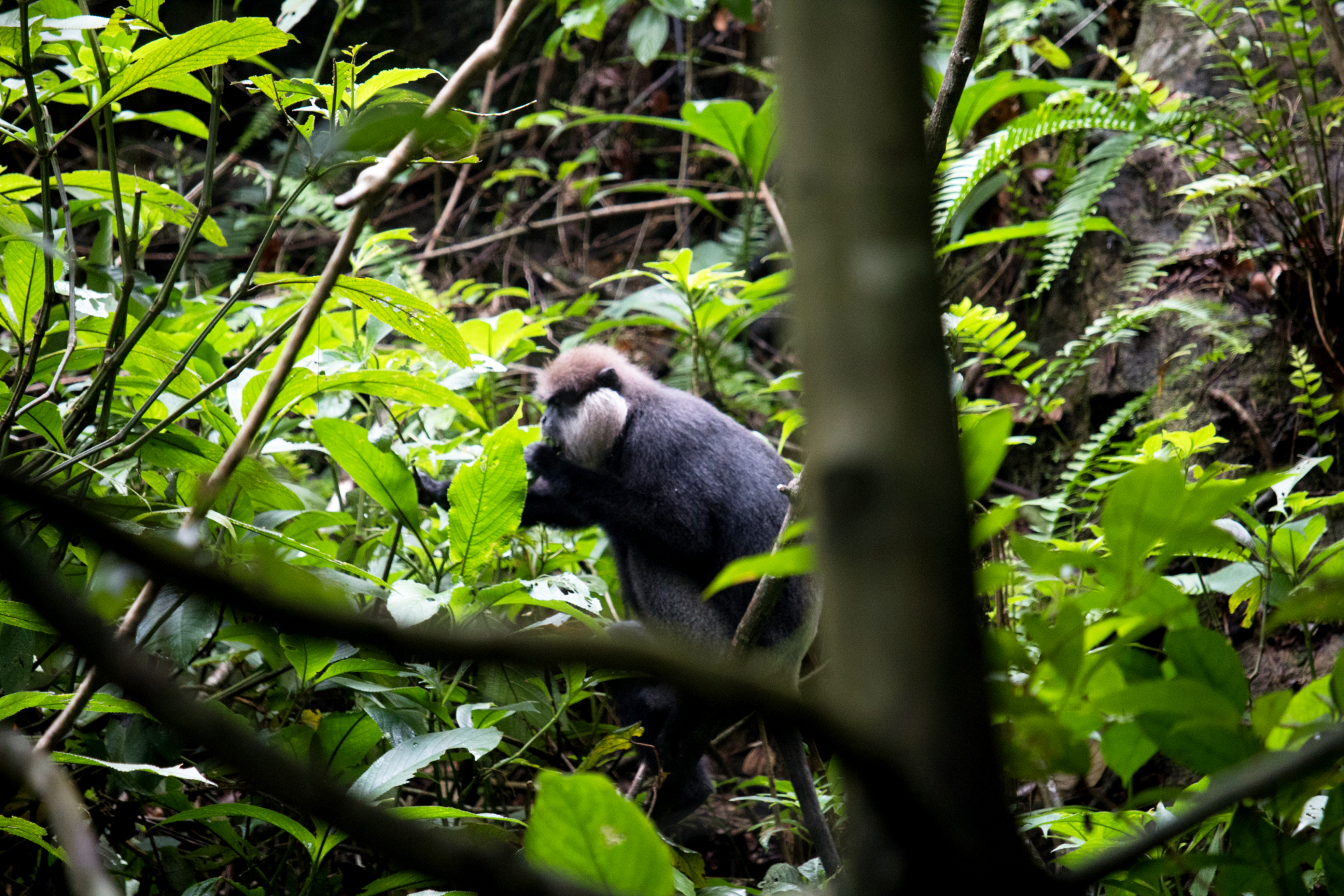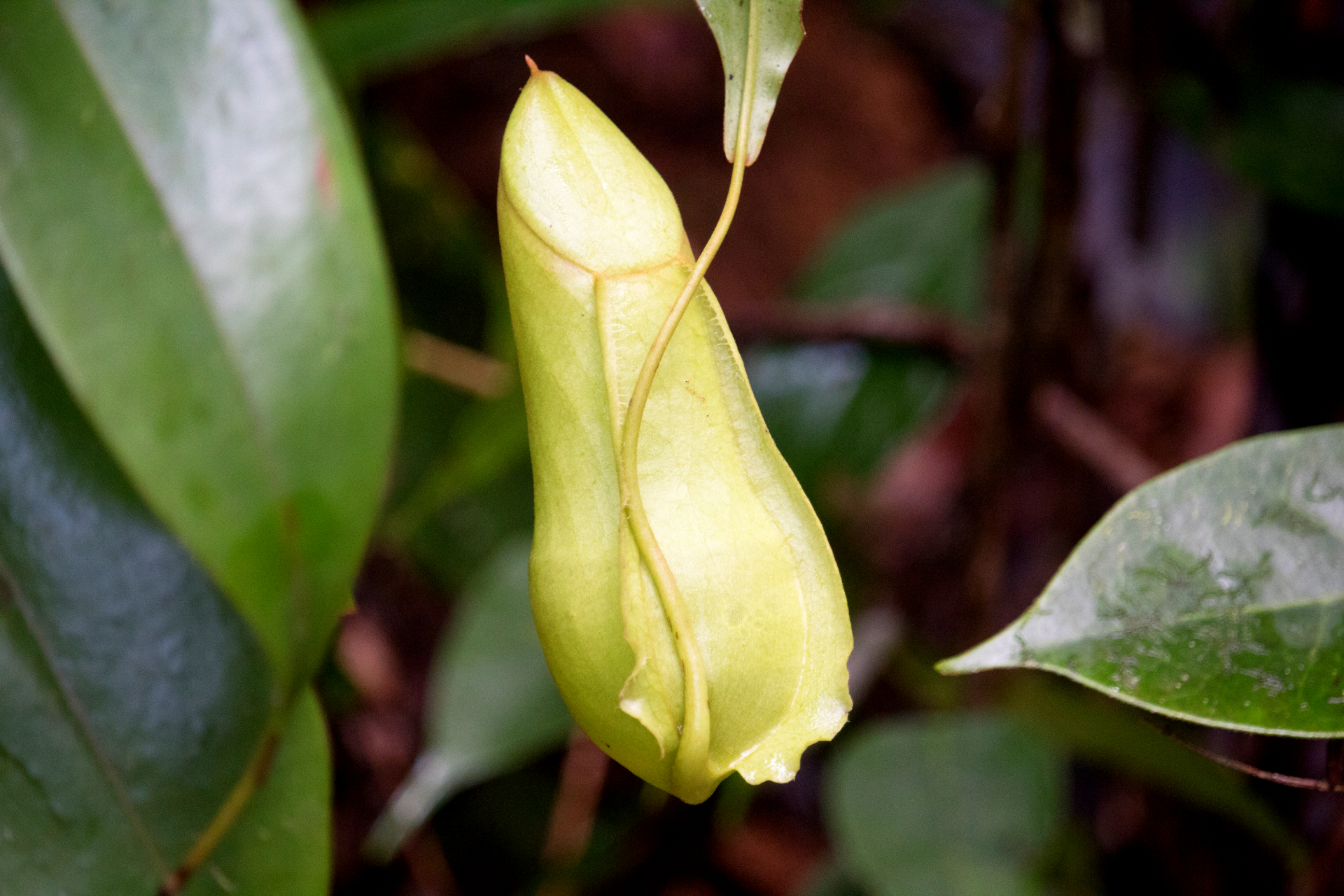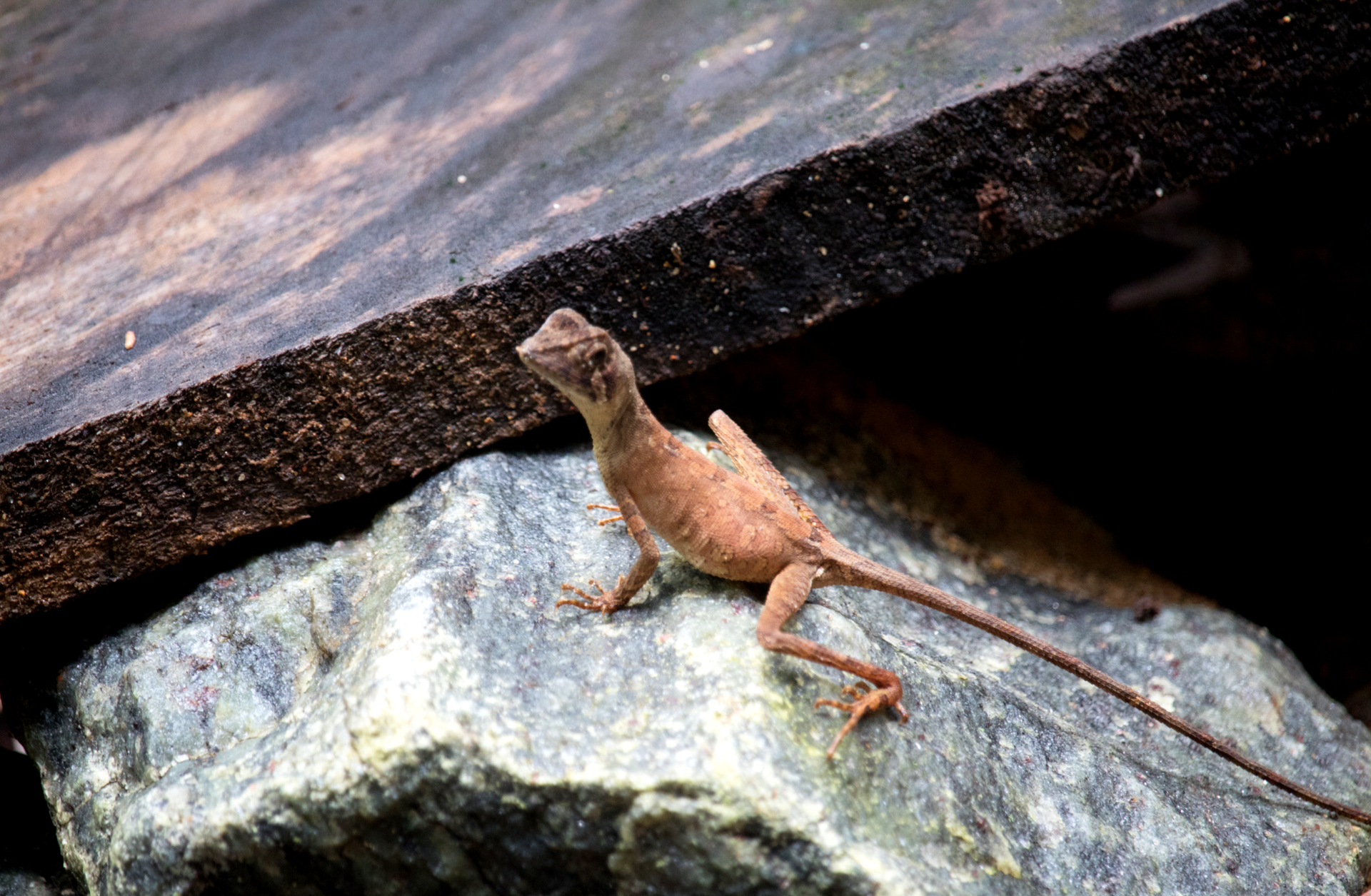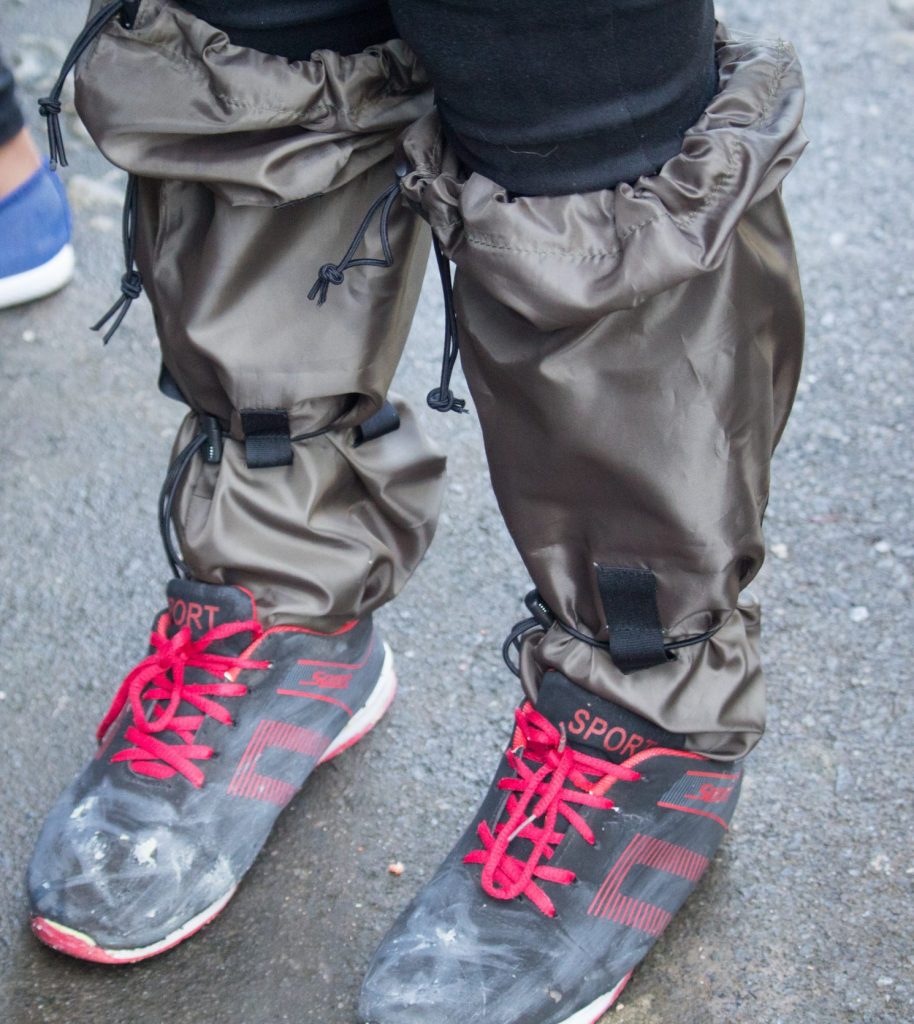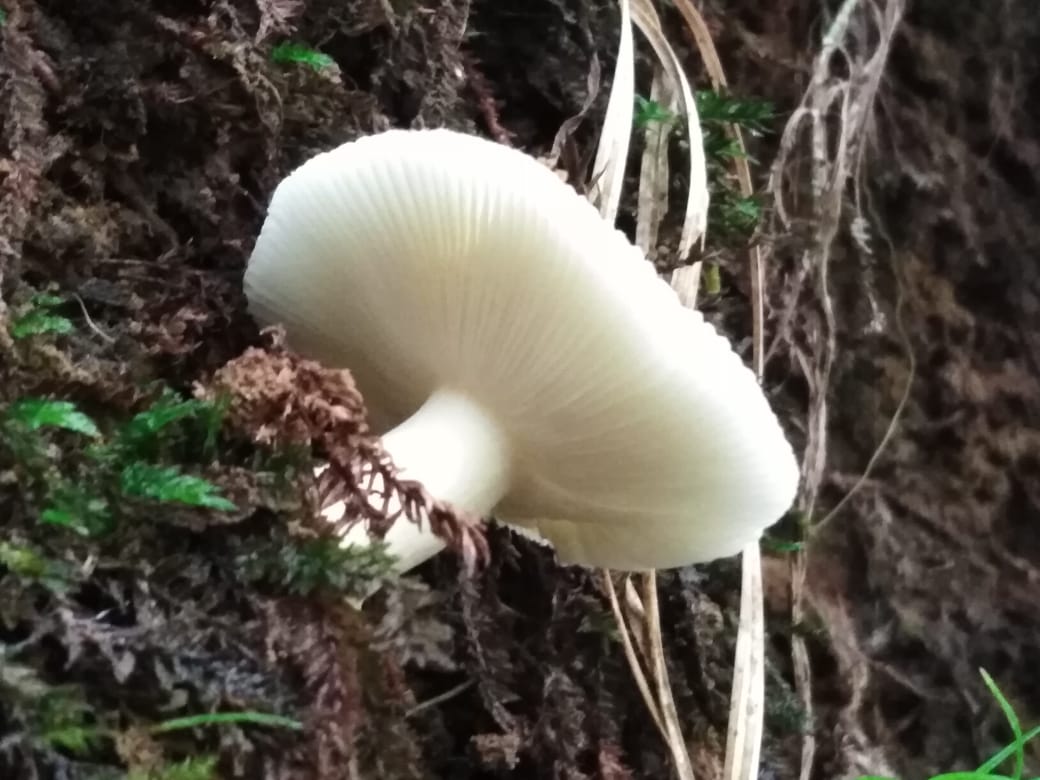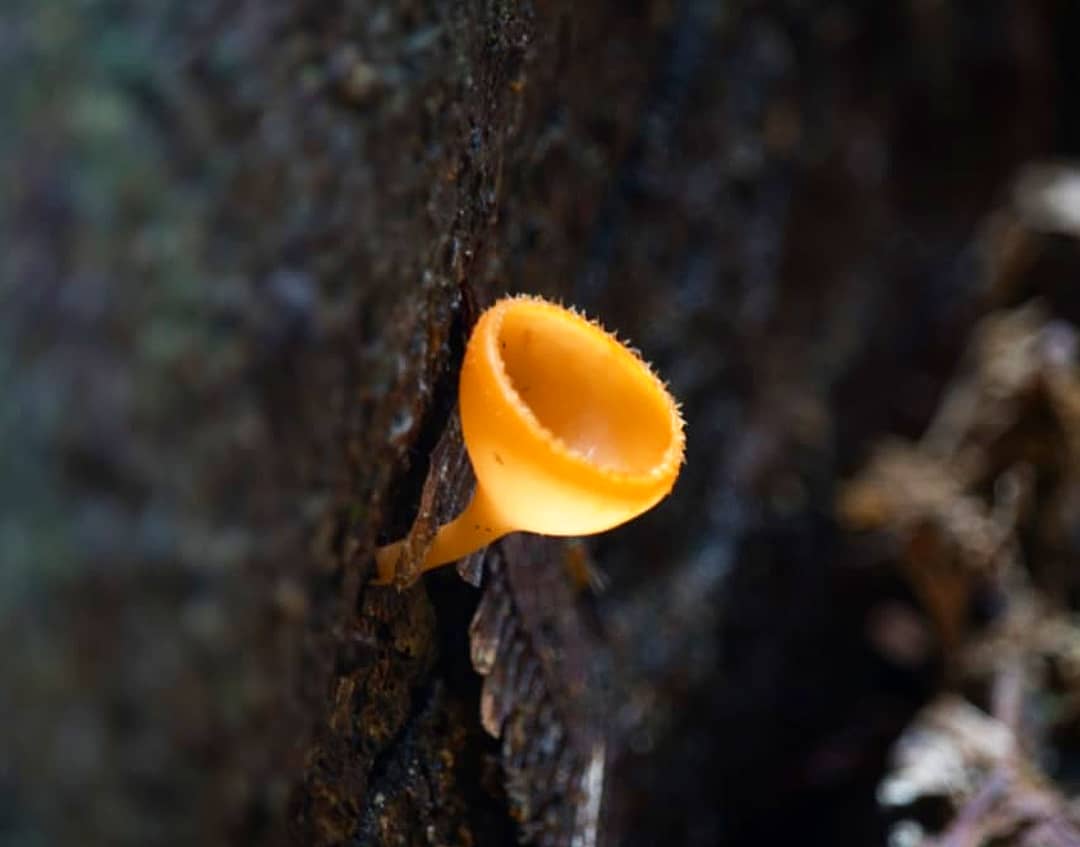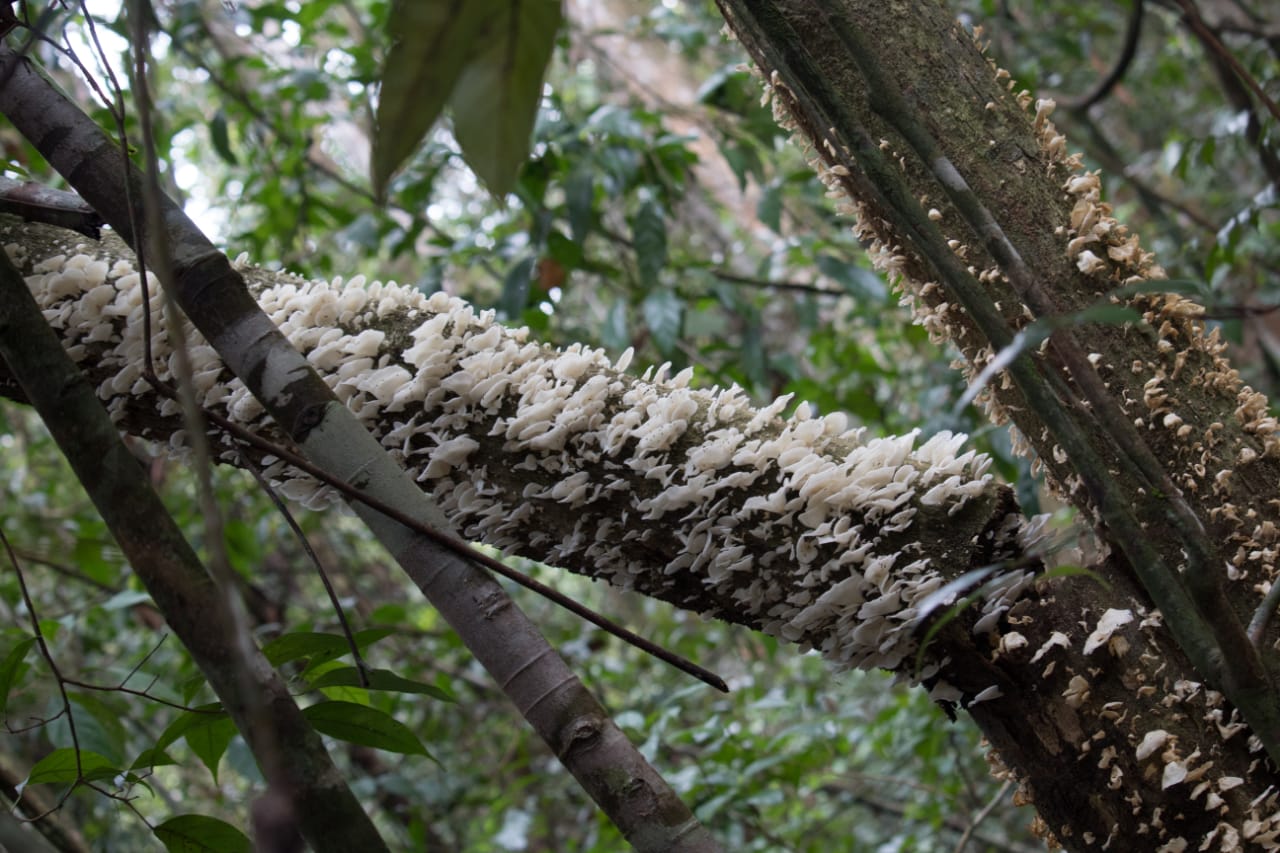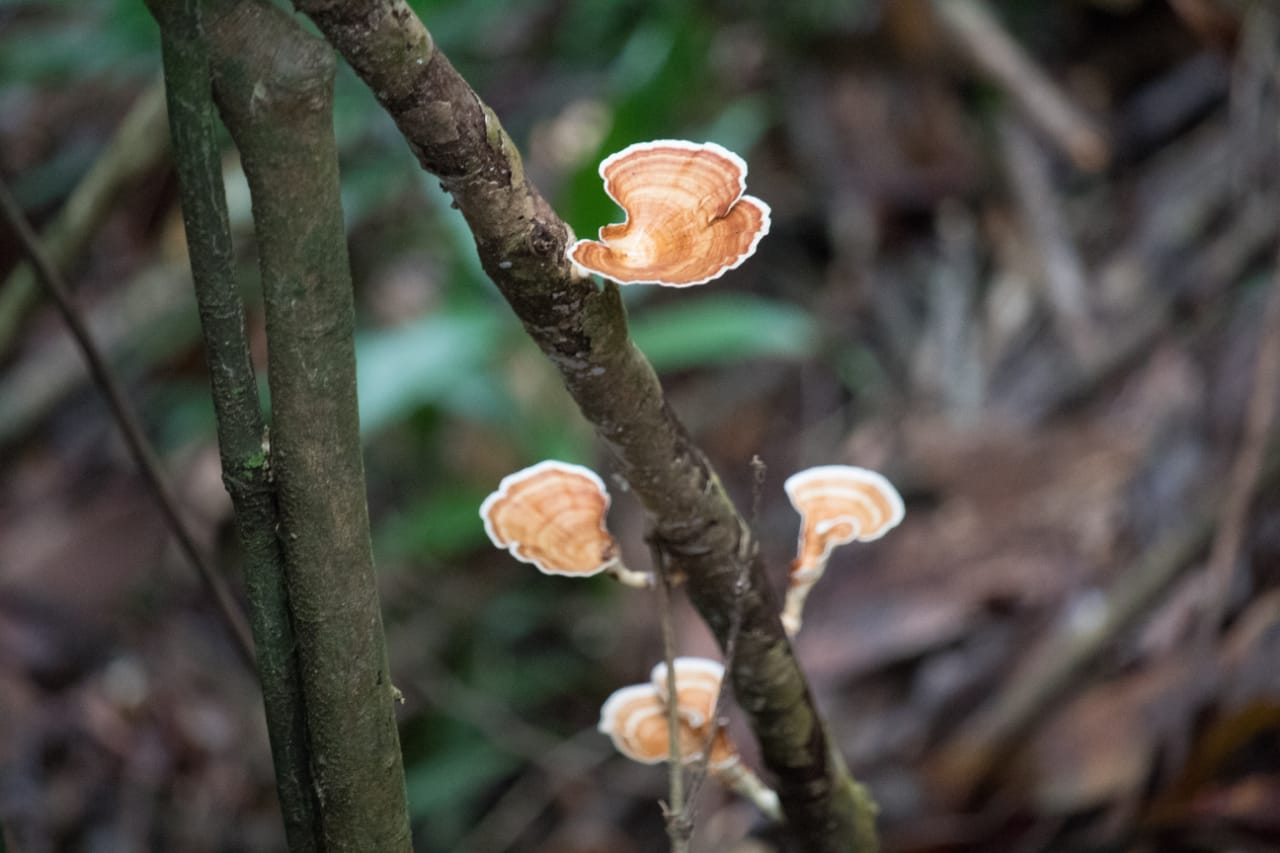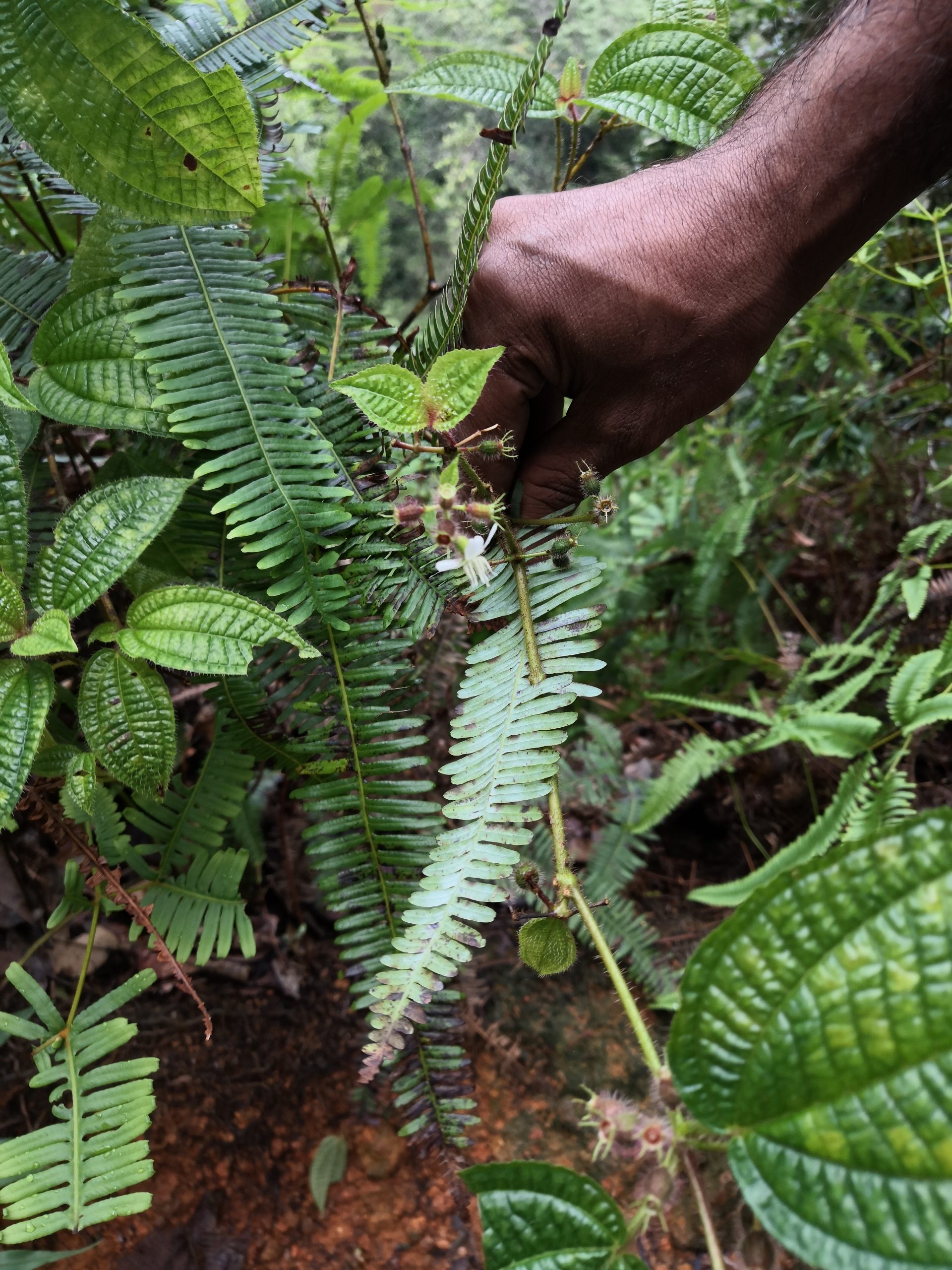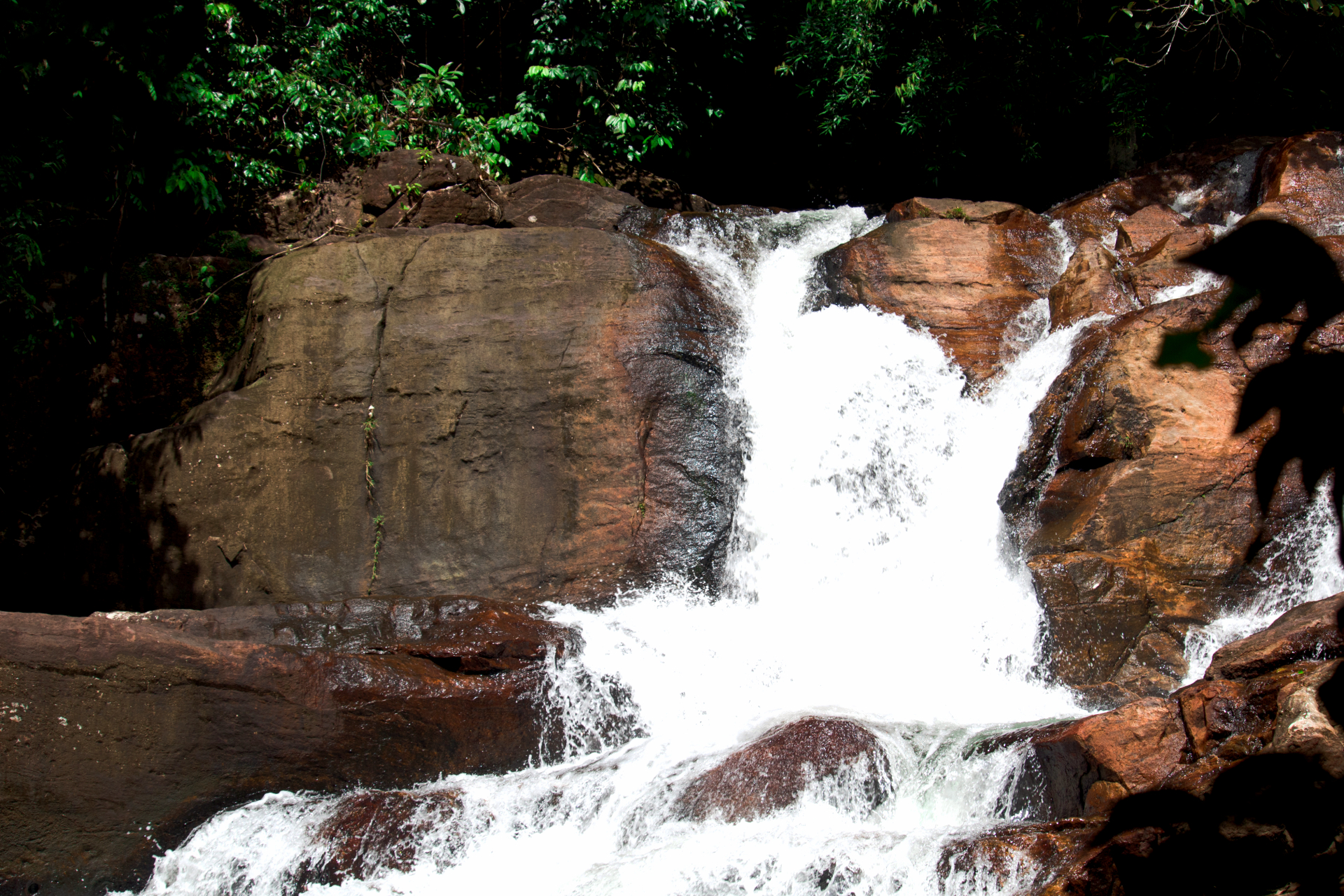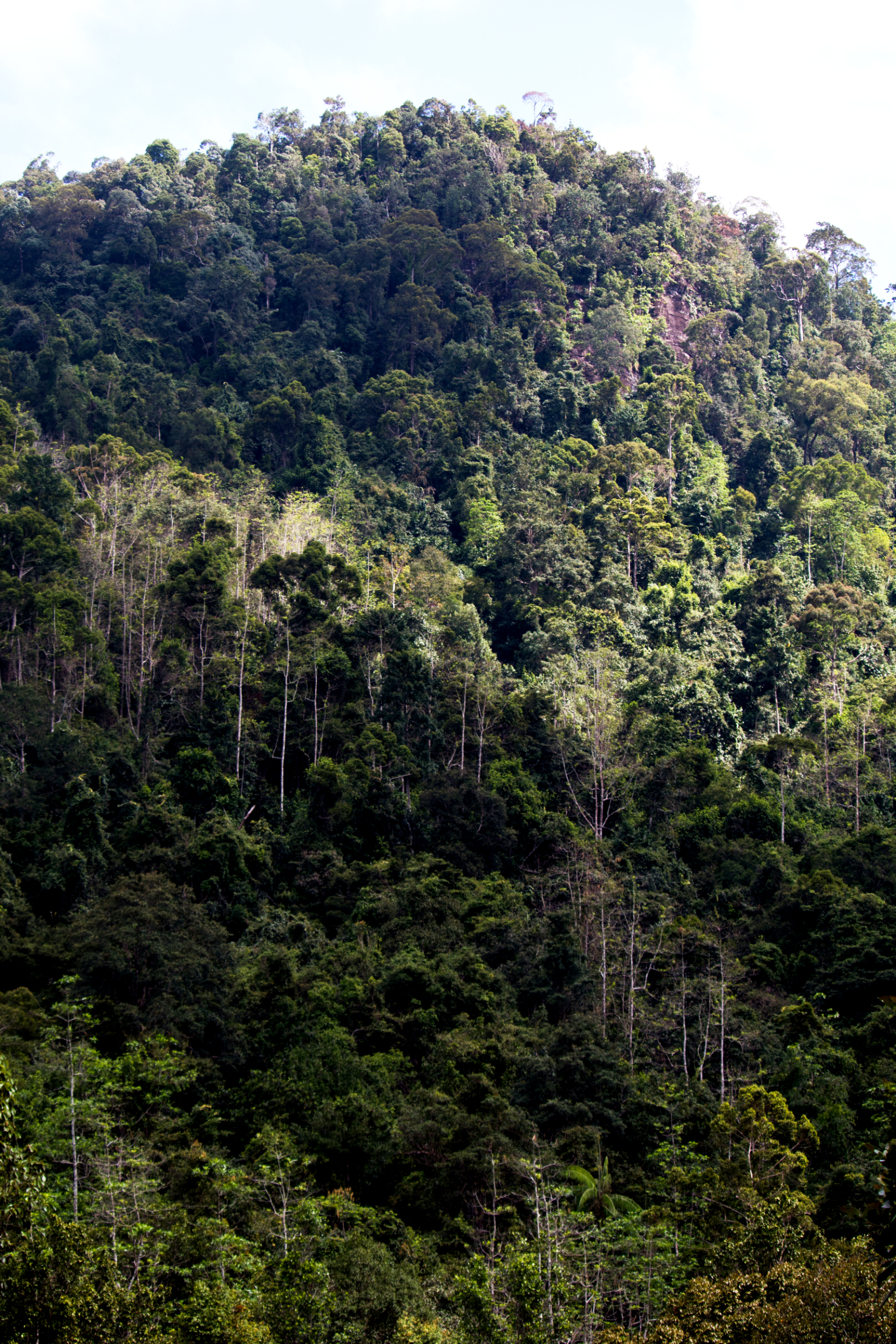It wasn’t the first time we forgot the most important thing in our pockets for a field visit: “The Siddalepa”. It was 5.00 a.m. in the morning where we gathered beneath the Nuga tree at the Faculty of Science, University of Colombo for our 3rd field visit as 1st-year undergraduates: The Kanneliya Rain Forest.
- Date: 23.11.2019
- Distance from Bandaranaike International Airport: 158 km
I always wonder, why we sing the same songs in more or less the same order and go to the “geethen-geethe” after some time. Nevertheless, it has been the lyrics throughout our school life to being undergraduates.
Novel treads on gravel beds
The 3 buses arrived at the Kanneliya Rain Forest at around 7.30 a.m., where we got our shoes covered with burrowed “Siddalepa”, which made us almost resistant to leech crawls. Some of us forgot to wash our hands before going to the washrooms which made some complications. It was an academic excursion, where we had to study the diversity of plants, which was an essential part of our plant variety course. The batch was divided into subgroups of around 15 where each group was assigned with an instructor. We started walking through the wet gravel road as patches of sunlight sparkled through the canopies.
KDN
Kanneliya-Dediyagala-Nakiyadeniya (KDN) is a forest reserve in the Southern Province of Sri Lanka. With an area of over 5000 hectares, it acts as a catchment for rivers including Gin Ganga and Nilwala Ganga. Designated as a biosphere reserve in 2004 by UNESCO, this forest harbors about 17 percent of lowland endemic floral species, 52 percent endemic among the 320 woody plants recorded, and over 200 faunal species. It’s ideal for bird watching as most of the endemic birds of Sri Lanka can be seen within the complex.
Leech-Socks
“Leech!”. A common phenomenon where the sweet yet unheard melodies echoed, both behind and front. If you don’t have leech socks, it’s always advisable to tuck the trouser-end beneath the socks looking weirdly fashionable. Mosses, Liverworts, vascular plants, invasive species, and what not? we added our notes below our photographs. We were assigned to discuss the variety of mushrooms and two angiosperm species, Clusiaceae and Callophyllaceae.
To break our monotony, we encountered a Green vine snake commonly known as “Ahaetulla”. Most of us had never seen one so close.
The Bat Cave
Most of the time we got carried away ignoring the information, but embracing nature. Getting a bit off-road, we encountered a bat cave which felt a bit adventurous. Inches of drizzling water flowed, wetting our shoes, as we stepped on the slippery rocks in pitch darkness. It wasn’t that long but the darkness did add some light to the rest of the journey.
The Anagimale Falls
A hut was our destination which was around 2 km from the gate, where we had to relax and of course, “Finish the Assignment”. Google wasn’t willing to help us within the wilderness. It was evident that the insect sounds had blocked the sound of the cascading waters of the “Anagimale Falls”. It was a 200 m off the trail walk, through twisted creepers and slippery rocks to the waterfall. The Photoshoot took some time as the sheets of white kept falling at a constant pace without being rude.
Lucky Slippers
Even though shoes protect you from animals and scratches, it’s vital you carry a pair of slippers. Most of us had to walk back with slippers or with wet shoes, after being accidentally dropped to puddles near the waterfall. It started to rain which made us run to the building at the entrance. The Buffet was open. A Buffet is a place where we should not get decent. We never did. It was indeed wholesome as the field visit was planned perfectly giving the maximum as we always get.
Something we always bless in school trips is to get late. We were scheduled to arrive at 5.30 p.m., but one bus had kicked the bucket, which made us enjoy some extra gossips in the drizzling environment, as all the buses stayed till it was back on track. As time drew, we forgot the scientific names, but we will never forget, the little things at Kanneliya.
- Image Credits: Janani Chathurya

